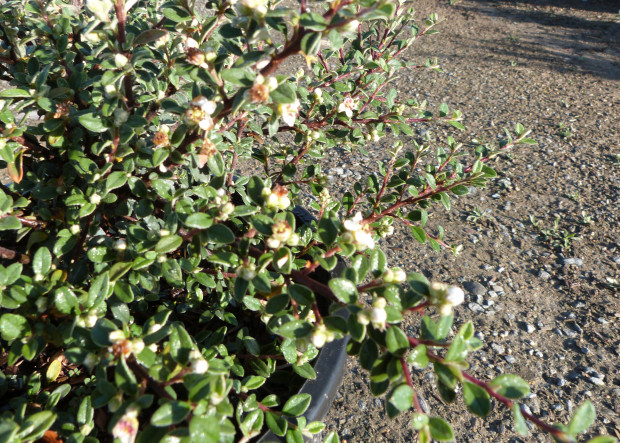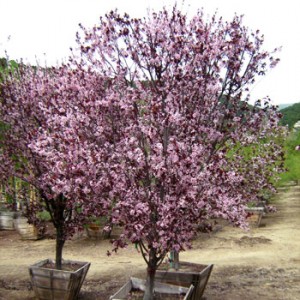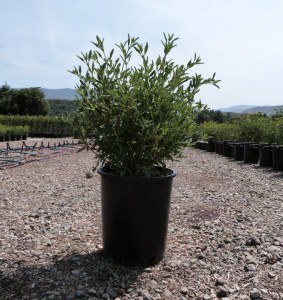Go “fuzzy” for drought tolerance
While the term “drought tolerant” often evokes thoughts of spiny cactus, there are many water-wise plants that offer a softer look. You don’t have to shop strictly in the cactus or succulent department to find plants that take it easy on your water bill. Plants that are drought tolerant and water efficient often have distinct physical characteristics you can look for when choosing plants for your garden.
There are several obvious characteristics to look for: Drought tolerant plants often have fine or lace-like foliage. The smaller leaf surface area means the plant will lose less water through their leaves. Plants with thick and waxy leaves also do a better job of hanging on to water in the leaves. A hairy or fuzzy texture on the leaves is also a good indicator of drought tolerance. Plants use the fine hairs to capture moisture on the leaf surface.
Plants with small fuzzy leaves can add a nice soft texture to your garden. One of our favorite “fuzzy’ drought tolerant plants is gray leaf cotoneaster. Gray-leaf cotoneaster’s striking foliage provides wonderful contrast in low-maintenance landscapes. The small grey and slightly fuzzy leaves form on somewhat arching branches. It looks stunning when combined with bronze, red and orange foliage plants. Its tough nature allows for plantings in xeriscapes, medians/highways, or low-water urban gardens. Once established, this tough evergreen shrub requires little care or maintenance.
Rosemary is another tough water-wise plant that uses small leaves tiny hairs to reduce water loss and trap water at the leaf surface. The tiny hairs on rosemary leaves also produce the volatile oil that gives rosemary its strong fragrance. The oils both help protect the plant from pests and reduce water loss. ‘Tuscan Blue’ rosemary is one of our favorite rosemary varieties that performs nicely as a large perennial or small shrub. Rosemary can be planted in the landscape, herb garden or in large containers.


